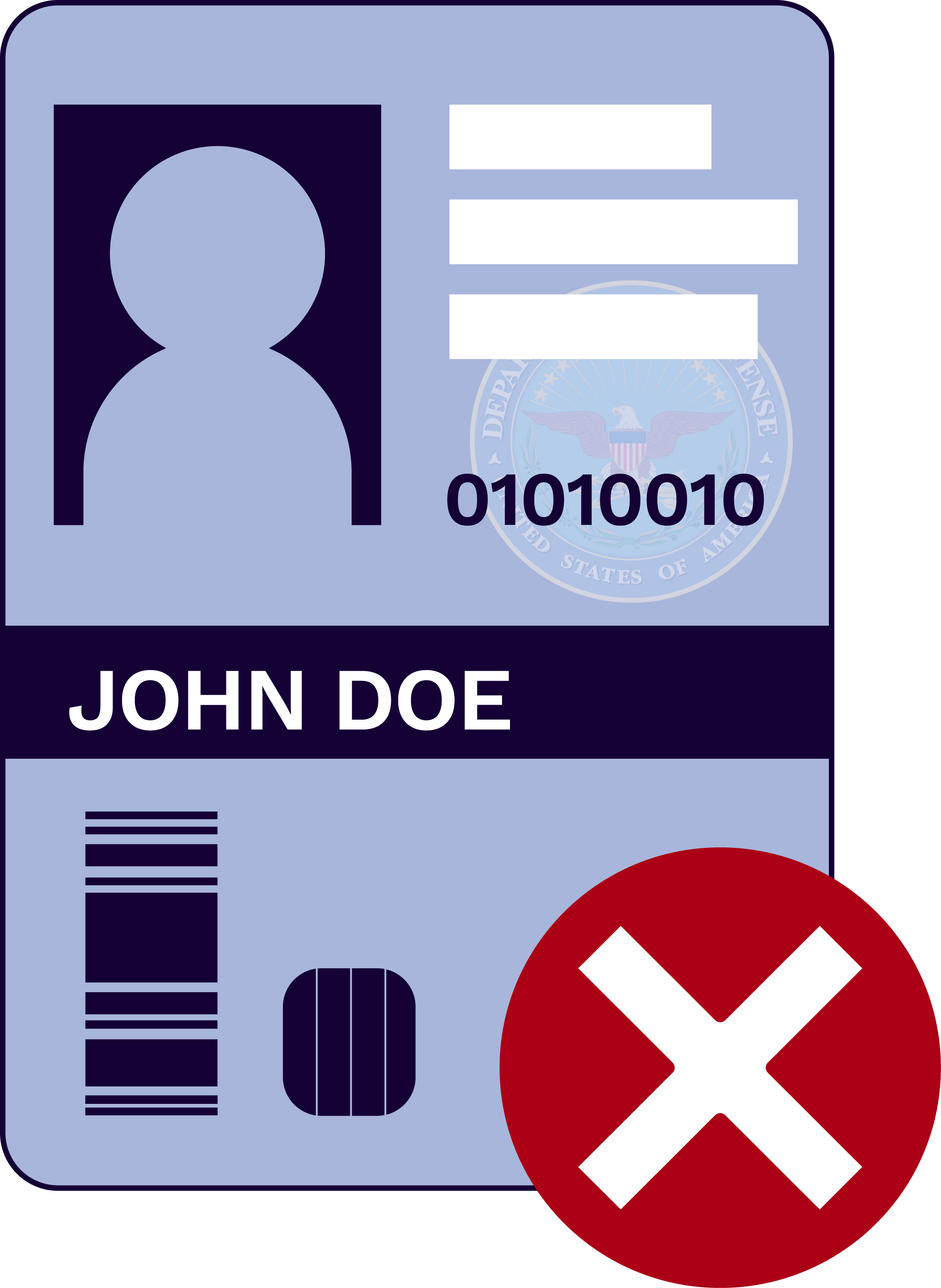 BRAWLER simulates air-to-air combat between multiple flights of aircraft in both the visual and beyond-visual-range (BVR) arenas. This simulation of flight-vs.-flight air combat is considered to render realistic behaviors for military trained fighter pilots. BRAWLER incorporates value-driven and information-oriented principles in its structure to provide a Monte Carlo, event-driven simulation of air combat between multiple flights of aircraft with real-world stochastic features. The user decides the pilot’s decision process, including doctrine, mission-specific objectives, and tactics; level or training and experience; and perceived capability of the enemy.
BRAWLER simulates air-to-air combat between multiple flights of aircraft in both the visual and beyond-visual-range (BVR) arenas. This simulation of flight-vs.-flight air combat is considered to render realistic behaviors for military trained fighter pilots. BRAWLER incorporates value-driven and information-oriented principles in its structure to provide a Monte Carlo, event-driven simulation of air combat between multiple flights of aircraft with real-world stochastic features. The user decides the pilot’s decision process, including doctrine, mission-specific objectives, and tactics; level or training and experience; and perceived capability of the enemy.
BRAWLER models the aircraft’s aerodynamics and signature, fuel, missiles, directed energy weapons, radar, communications, infrared search and track (IRST), identification, friend or foe (IFF), non-cooperative identification (NCID), radar warning receiver (RWR), Electronic Support Measures (ESM), heads-up display (HUD), health management system (HMS), electronic warfare (EW) systems (including
Digital Radio Frequency Memory (DRFM) Jamming), data link devices, sensor fusion systems, missile warning, and laser warning devices. Components can be modeled natively within BRAWLER, or a federate (such as Threat Modeling Analysis Program (TMAP) missile modules from the Intel Community (IC)), running in parallel. Ground Controlled Intercept (GCI), Airborne Warning and Control Systems (AWACS), Surface-to-Air Missile (SAM) sites, Surface-to-Surface Missiles (SSM), and stand-off jammers (SOF) are also modeled. BRAWLER is structured as an event-store simulation with a heavy use of stochastic models for most real-world systems. BRAWLER provides for effects-based electronic countermeasure (ECM) models and expendables.



